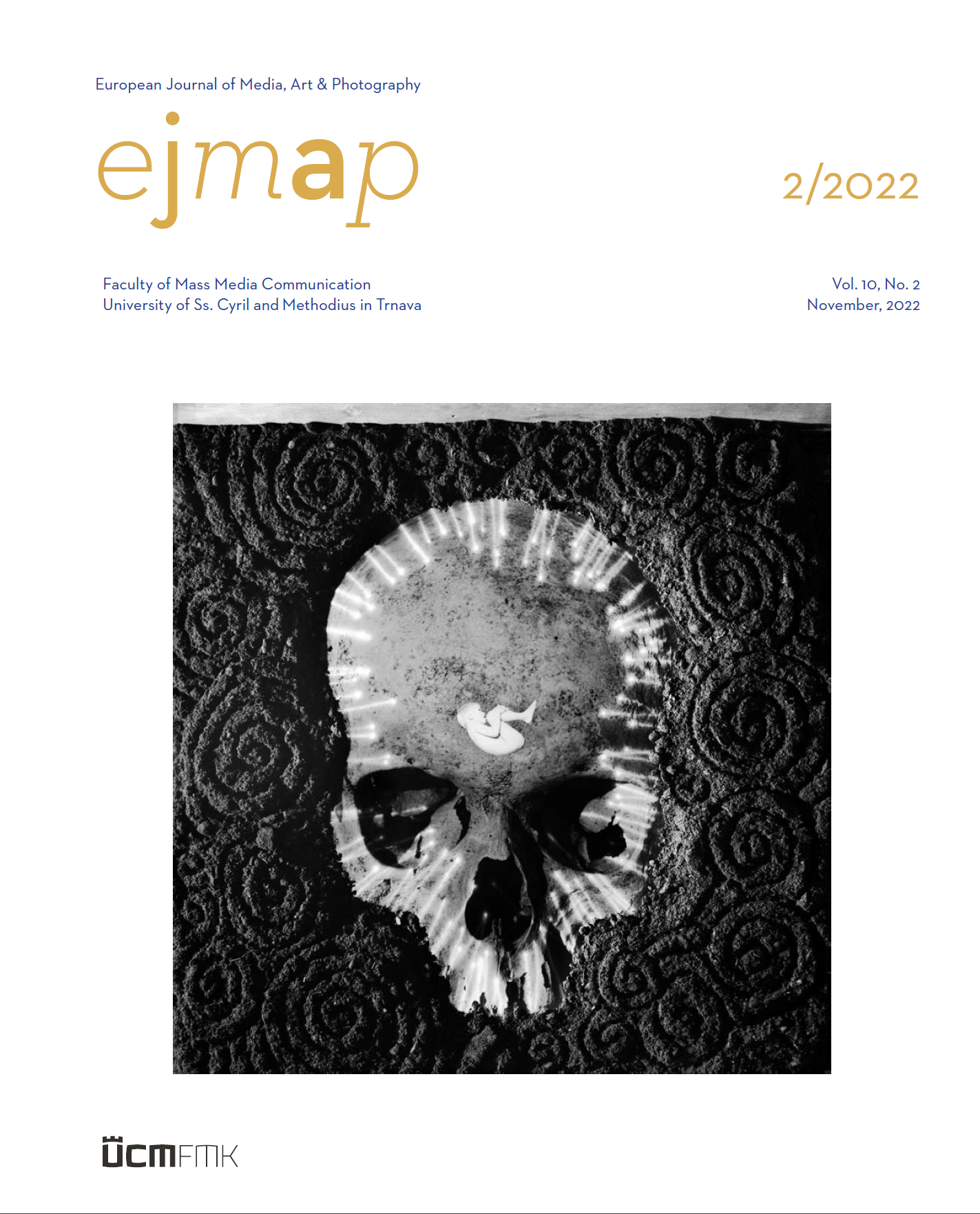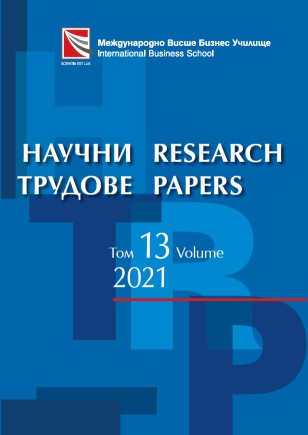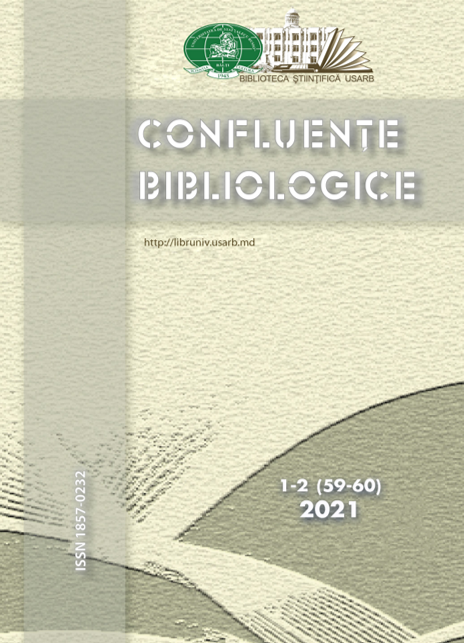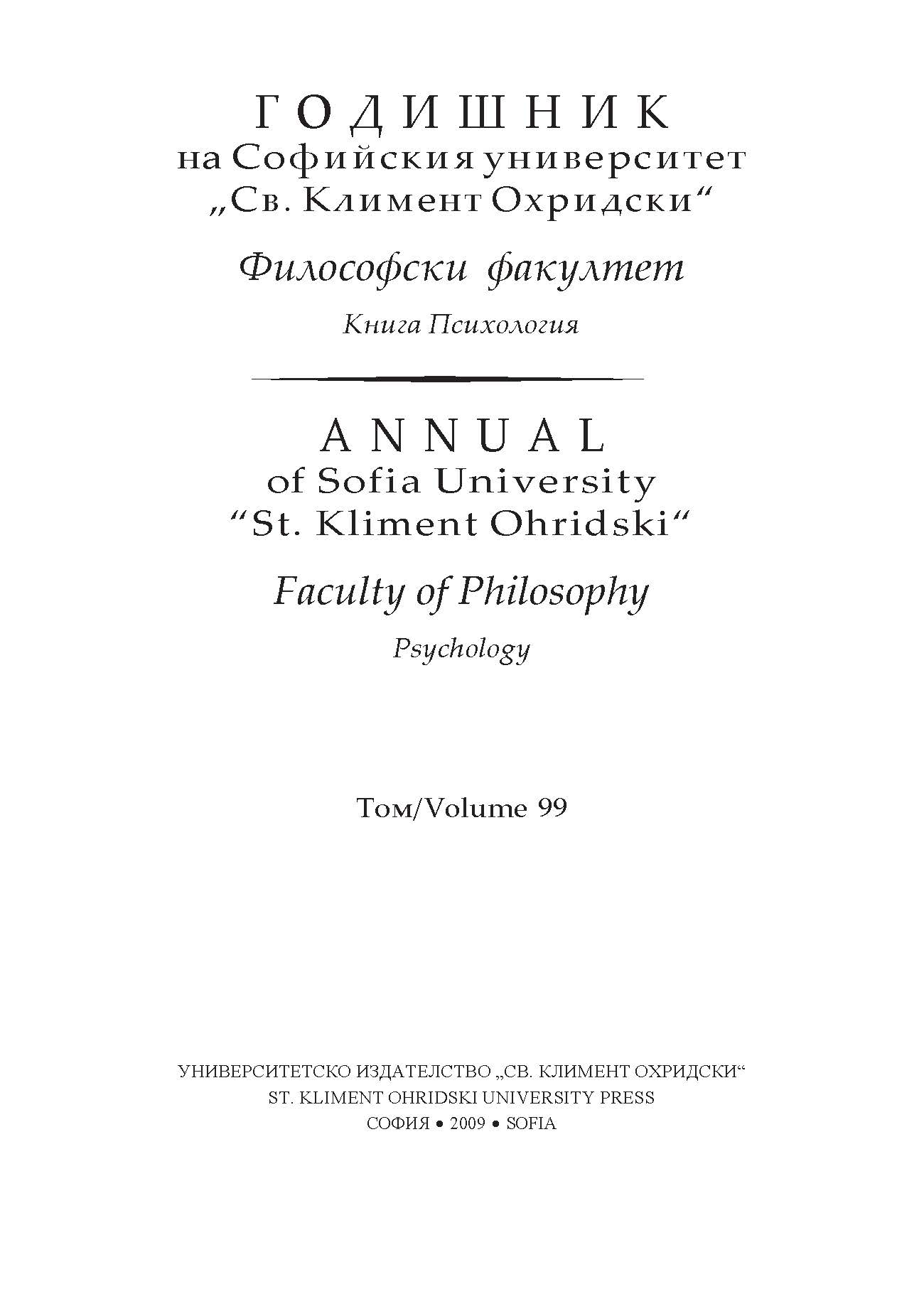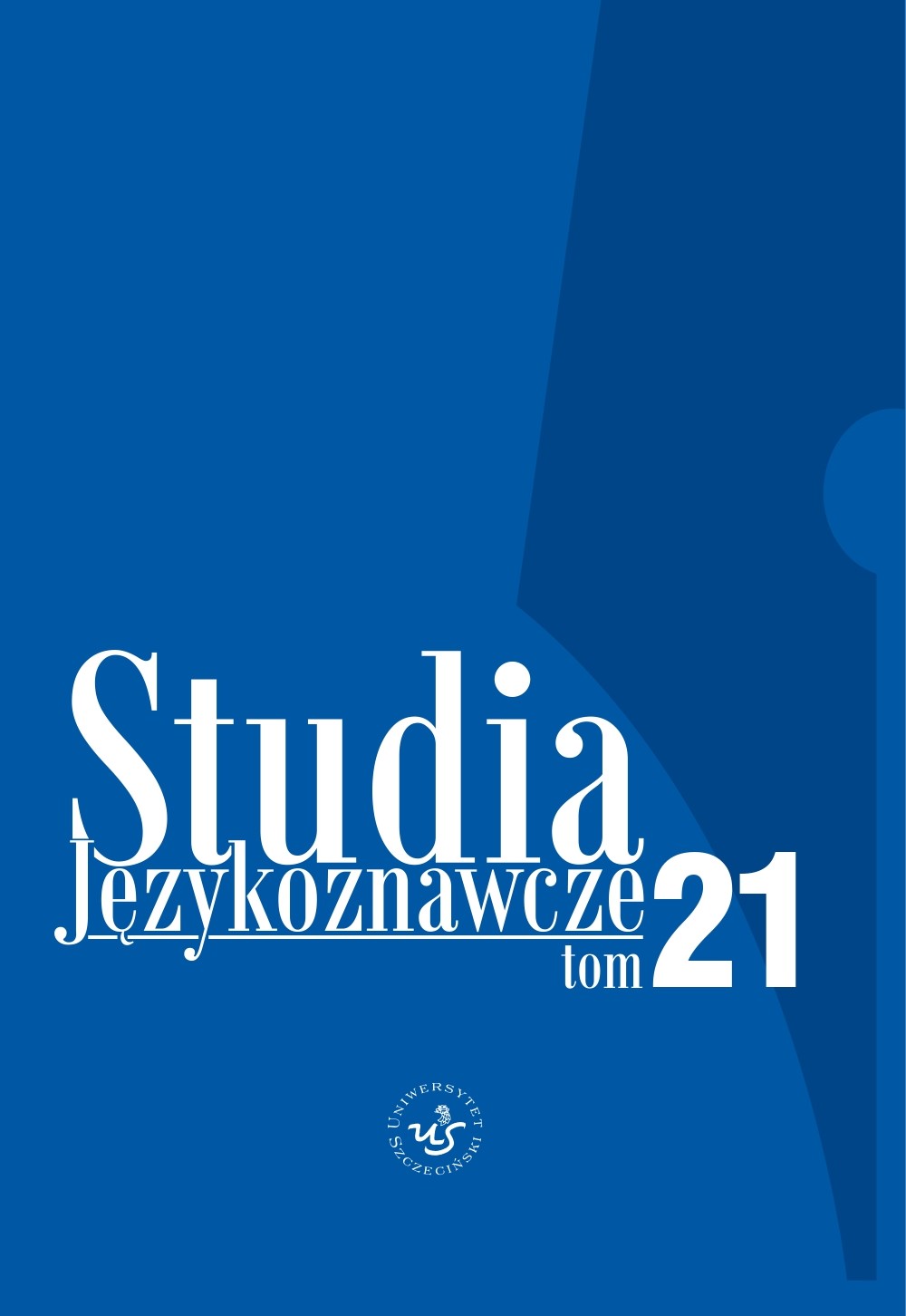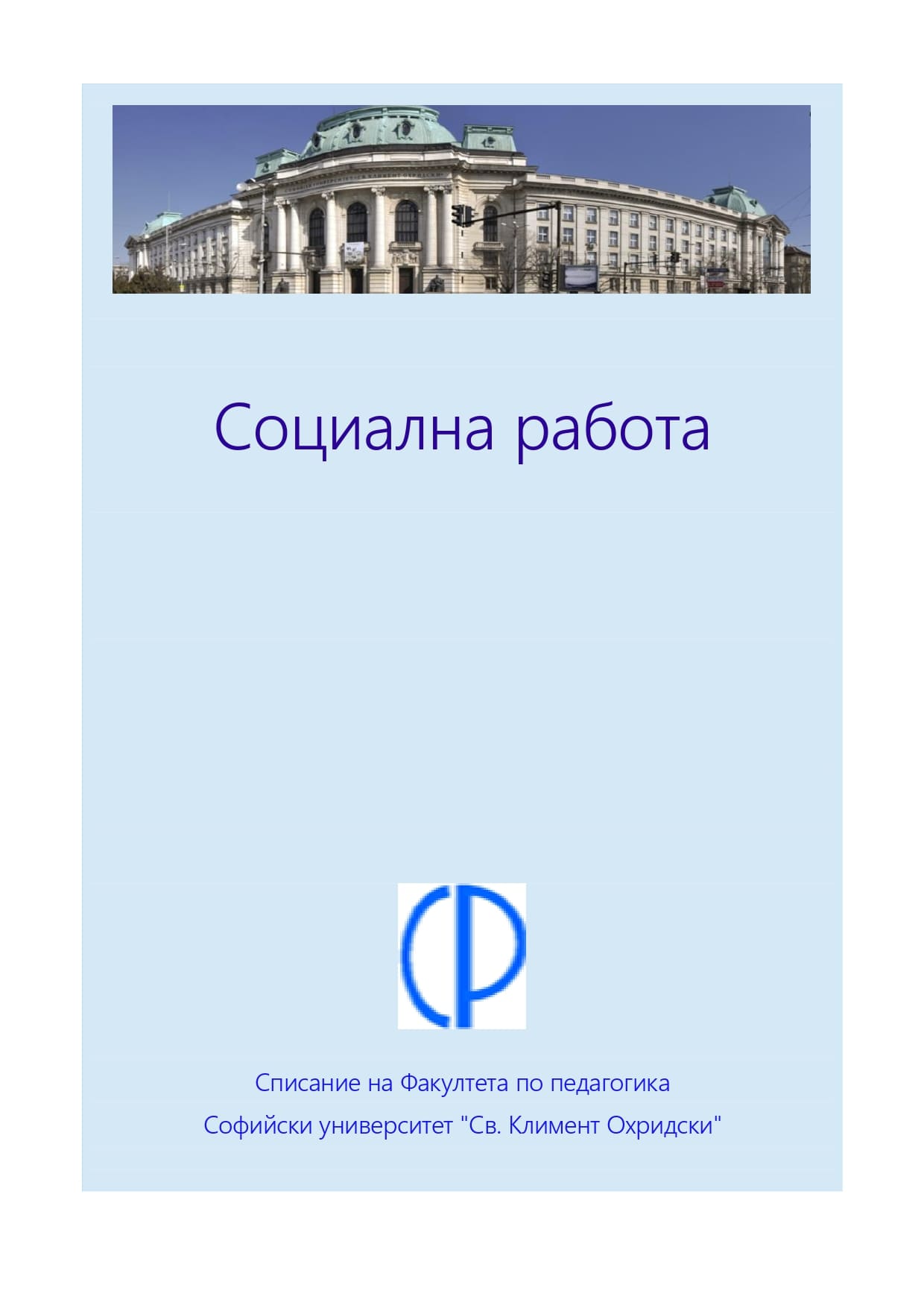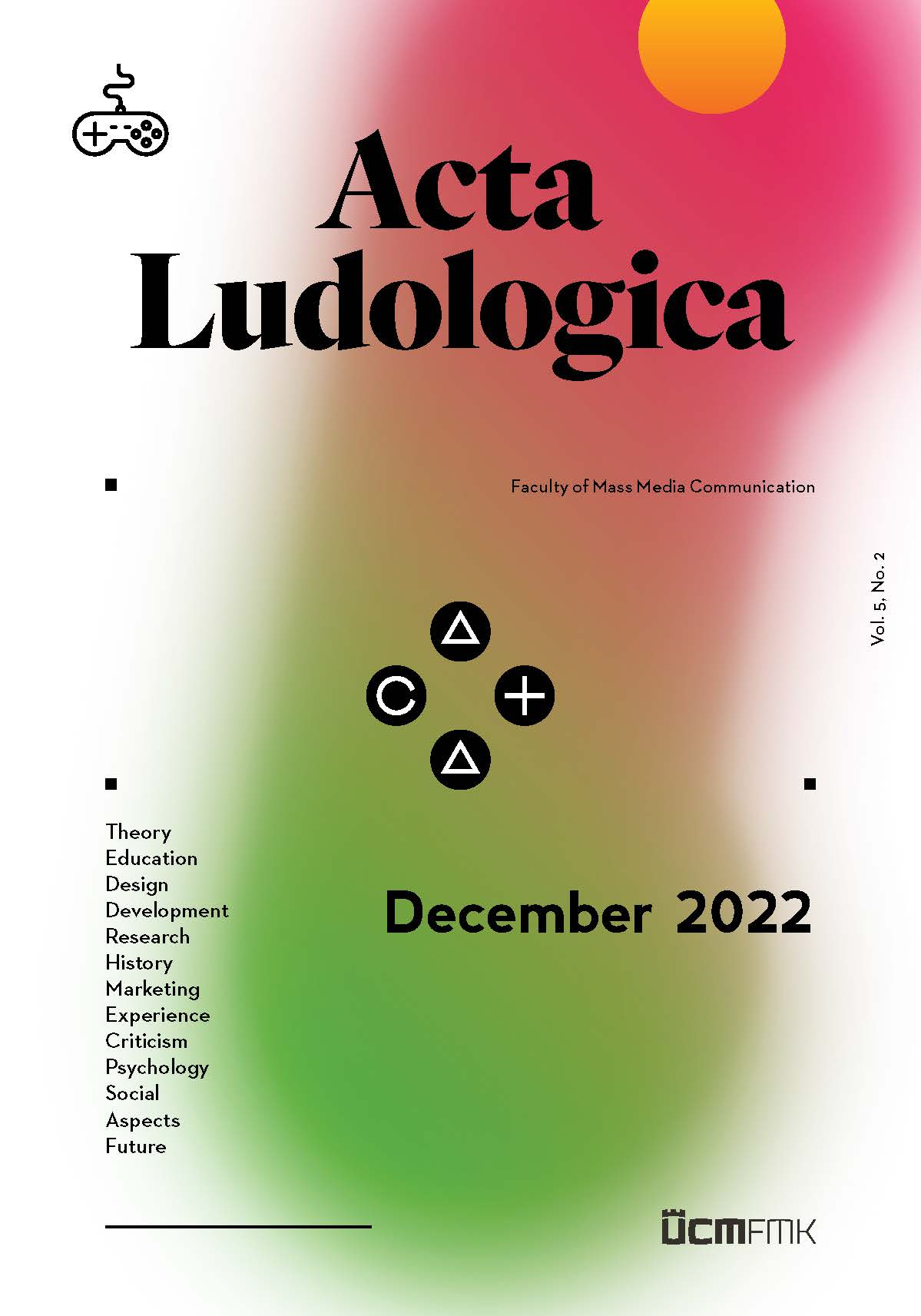Kui Liivimaa ajakirjandust tsenseeriti Riias
In the 1860s a sharp controversy arose between the Baltic-German and Russian papers over the future of the Baltic provinces. The Baltic Germans would have the Latvians and Estonians integrated into the German language and frame of mind, whereas the Russians would have preferred them to rally around the Russian Empire, language and the Orthodox Church. It looked as if the future of these peripheral provinces, the national question included, was up to the local Estonians and Latvians. However, they could hardly overrule the interests of the Empire, which were now protected not only by strengthening of the positions of the Russian language and the Orthodox Church, but also of censorship. For this purpose, the German censors of Estonian and Latvian literature and press were replaced by Orthodox ones and censorship of publications was transferred from Tartu to Riga. The Central Board of Censorship collected information on the press editions published in Livonia and on their circulation in 1868–1870. Of the 30 periodicals published in that period, 18 were in German. Although the highest single circulation figure belonged to the Latvian weekly Mājas Viesis, the major German-language papers were issued daily, which made their impact times bigger than the local periodicals issued in Estonian, Latvian or Russian could ever dream of.
More...
